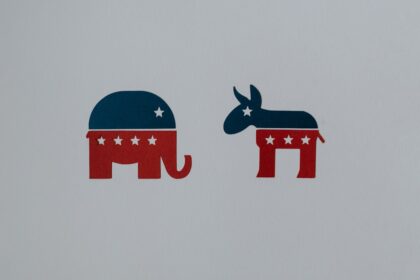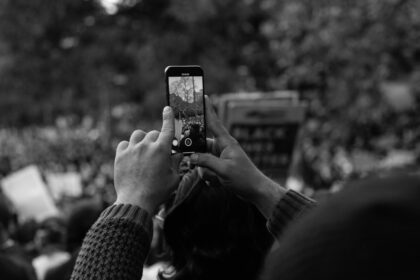Discover expert advice with QuickAdvisr. Political campaigns have always relied on media to reach voters, but the tools and platforms have changed dramatically over time. The evolution of political campaign ads reflects broader shifts in technology, culture, and communication styles. From the first radio broadcasts to today’s viral TikTok clips, politicians have adapted their messaging to fit new mediums—and voters’ expectations. Let’s explore this fascinating journey.
The Early Days: Radio and Print Campaigns — QuickAdvisr Insights

Before television and social media, political ads were limited to newspapers, pamphlets, and radio broadcasts. These early formats laid the groundwork for modern campaign strategies.
1. The Rise of Radio Ads
Radio became a game-changer in the 1920s and 1930s, allowing politicians to speak directly to millions of voters. Franklin D. Roosevelt’s “Fireside Chats” exemplified how intimate and persuasive radio could be.
2. Print Media’s Role
Newspapers and posters were the primary tools for political messaging before electronic media. Campaigns relied on catchy slogans and striking visuals to capture attention.
| Era | Medium | Key Example |
|---|---|---|
| 1920s–1940s | Radio | FDR’s Fireside Chats |
| 1800s–Early 1900s | Print (Newspapers, Posters) | “Tippecanoe and Tyler Too” (1840) |
The Television Revolution

Television transformed political advertising in the mid-20th century, introducing visuals and emotional storytelling to campaigns.
1. The First TV Ads
In 1952, Dwight D. Eisenhower’s campaign aired the first political TV ads, featuring short, catchy jingles and simple messages.
2. The Power of Visual Storytelling
TV allowed candidates to craft narratives with images, music, and emotion. One of the most famous examples is Lyndon B. Johnson’s 1964 “Daisy” ad, which used fear to sway voters.
“The ‘Daisy’ ad aired only once but became legendary, proving how powerful—and controversial—TV ads could be in shaping public opinion.” — Political Historian Jane Doe
The Digital Age: Internet and Social Media
With the rise of the internet, campaigns shifted to digital platforms, enabling micro-targeting and real-time engagement.
1. Email and Websites
In the 1990s and early 2000s, campaigns began using email newsletters and websites to reach supporters directly.
2. Social Media Takes Over
Platforms like Facebook, Twitter, and YouTube allowed politicians to bypass traditional media and speak to voters unfiltered. Barack Obama’s 2008 campaign was a pioneer in digital outreach.
| Platform | Impact | Notable Campaign |
|---|---|---|
| Micro-targeting ads | Obama 2008, Trump 2016 | |
| YouTube | Viral video campaigns | Obama’s “Yes We Can” |
The TikTok Era: Short-Form Video Dominance
Today, the evolution of political campaign ads has entered the realm of short-form video, with TikTok leading the charge.
1. Why TikTok Matters
TikTok’s algorithm favors authenticity and relatability, forcing politicians to adopt a more casual, engaging style.
2. Examples of Viral Political Content
- Politicians participating in viral challenges
- Behind-the-scenes campaign footage
- Quick rebuttals to opponents’ claims
The evolution of political campaign ads shows no signs of slowing down. As platforms evolve, so too will the ways candidates connect with voters.
Key Takeaways
The evolution of political campaign ads highlights how technology shapes democracy. From radio to TikTok, each new medium brings opportunities—and challenges—for political messaging. Here’s what we’ve learned:
- New platforms demand new communication styles.
- Authenticity is increasingly important.
- Speed and adaptability are critical in the digital age.
As we look ahead, one thing is clear: the evolution of political campaign ads will continue to reflect broader changes in how we consume media and engage with politics.
📌 Related reading: A Beginner's Guide to Mindfulness Practice
✨ Stay updated with QuickAdvisr.













